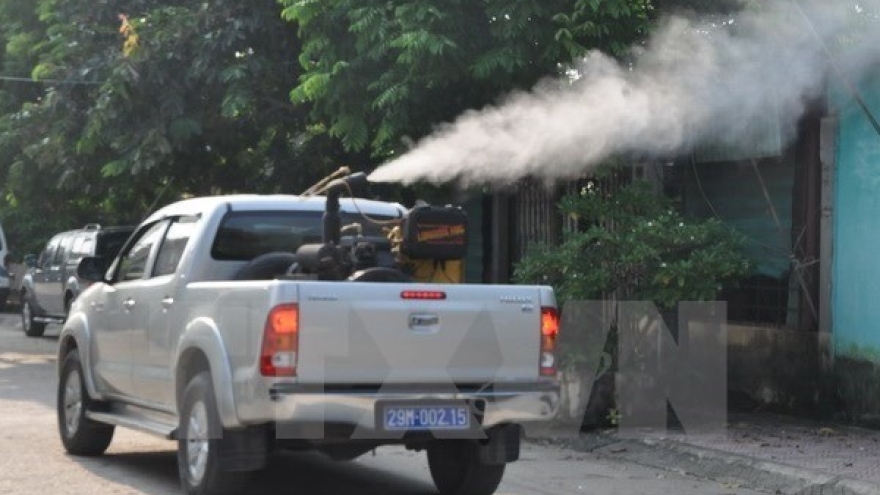In Vietnam, rise in dengue fever cases attributed to rapid urbanization
With the increasing number of dengue fever patients in Hanoi and other major population centers across Vietnam, experts have pointed out a relationship between the disease and rapid urbanization.
 |
According to Hoang Duc Hanh, deputy director of the municipal Department of Health, the number of patients suffering from the mosquito-borne disease in the first half of 2017 has exceeded 1,500, an increase of two or three times year-on-year.
Following several years of zero recorded dengue fever deaths, a teenage girl was killed by the illness in Hanoi recently.
The number of dengue fever cases in the Vietnamese capital hits over 100 every week, while the total across the country is around 1,700 to 1,800 per week.
The northern city does not have the highest number of patients, Hanh said, before adding that the epidemic had broken out there sooner than usual, which was normally September in previous years.
Districts including Dong Da, Hai Ba Trung, Hoang Mai, Thanh Xuan, and Hoai Duc have recorded the highest number of cases, which is likely attributed to rapid urbanization in these neighborhoods, the official said.
“We are concerned that a severe pandemic will occur in Hanoi this year, similar to that in 2009 when about 15,000 people were infected,” Hanh said.
Phan Trong Lan, head of the Pasteur Institute in Ho Chi Minh City, said dengue fever epidemics are changing their usual locations from the Mekong Delta to those areas with rapid modernization, namely Ho Chi Minh City and the southern provinces of Dong Nai and Binh Duong.
Urbanization attracts immigrants from other cities, and a higher population makes it easier for the disease to spread rapidly, Lan elaborated.
It is recommended that people with symptoms including fever, headache, and nosebleed should go to the nearest hospital for a check-up and treatment.
Families, schools, and other institutions should pay attention to preventive measures to eradicate mosquitoes and their larvae before they can spread ailment.



